4 things Windows phone users will love about iOS 11 — and 4 they'll hate
The upcoming iOS 11 is a huge update for Apple's mobile OS, and it brings a lot of changes that may feel familiar to Windows phone users.
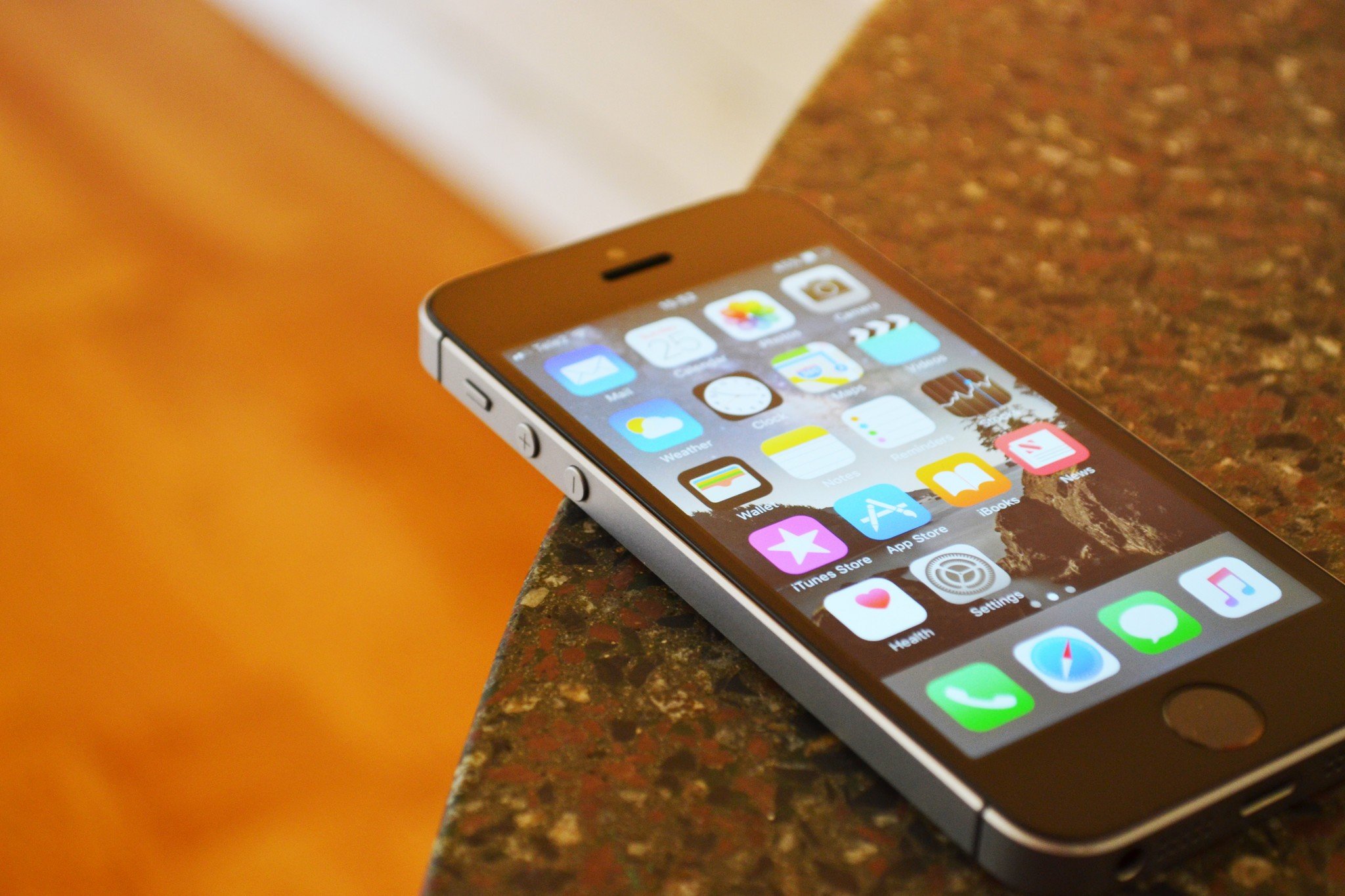
The changes Apple will introduce in iOS 11 vary from design tweaks to new features, and the OS should be officially released in the not too distant future. But what would a diehard Windows phone lover think of all of these changes? Keep reading.
What Windows phone users will appreciate
1. iOS design
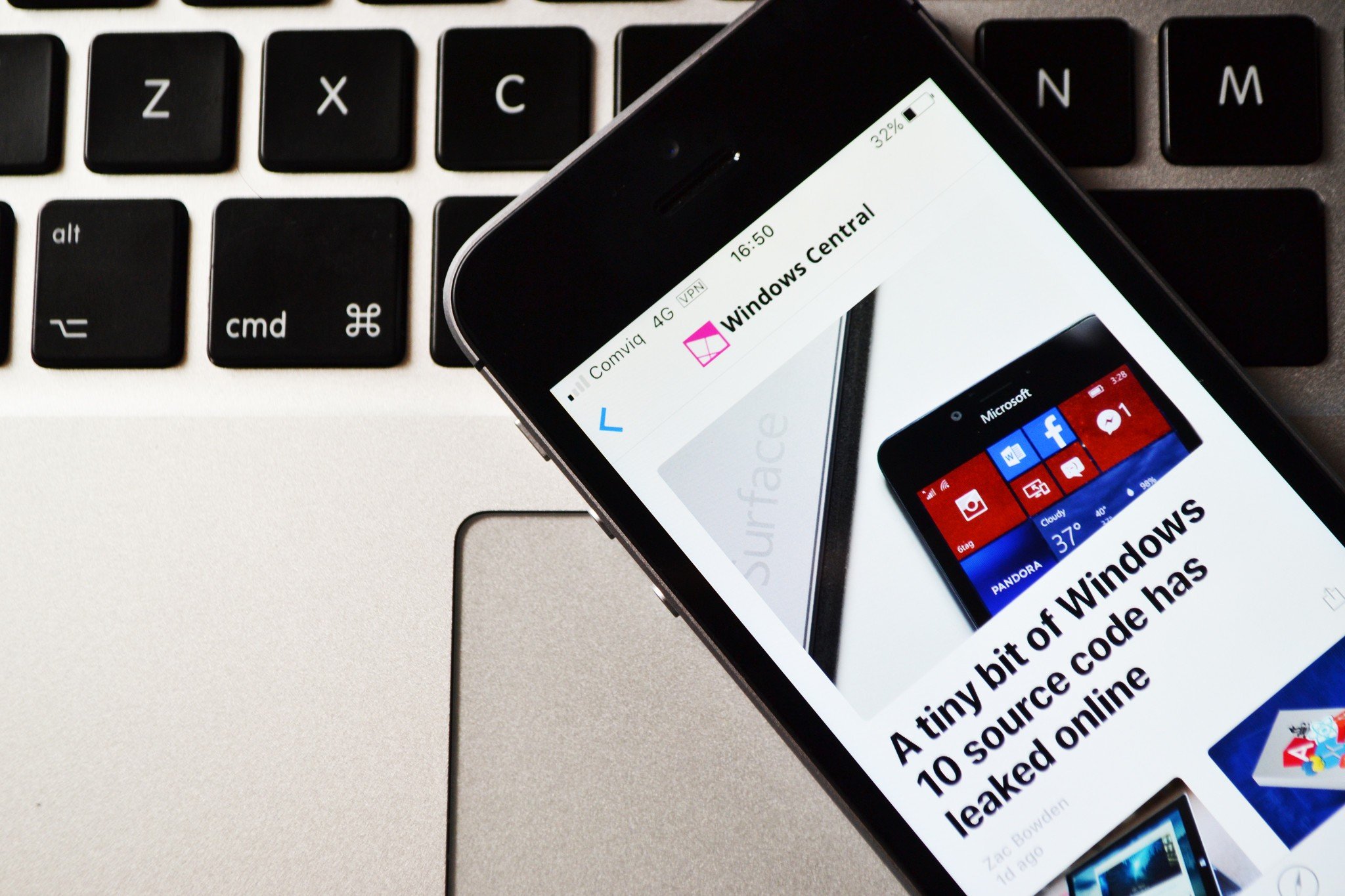
Windows phone has been known for its huge headers, mostly monochrome apps and other recognizable parts of "Metro", which was the design language used by Microsoft back in the day. When Apple first announced iOS 10, a lot of people made the obvious connection to Windows Phone after seeing the design of some of the system apps, such as Apple Music or News. With iOS 11, almost every system app follows the new (to iOS) design, and even some third-party ones, like Twitter, have started to do so. This should look familiar to Windows phone users.
2. iOS apps
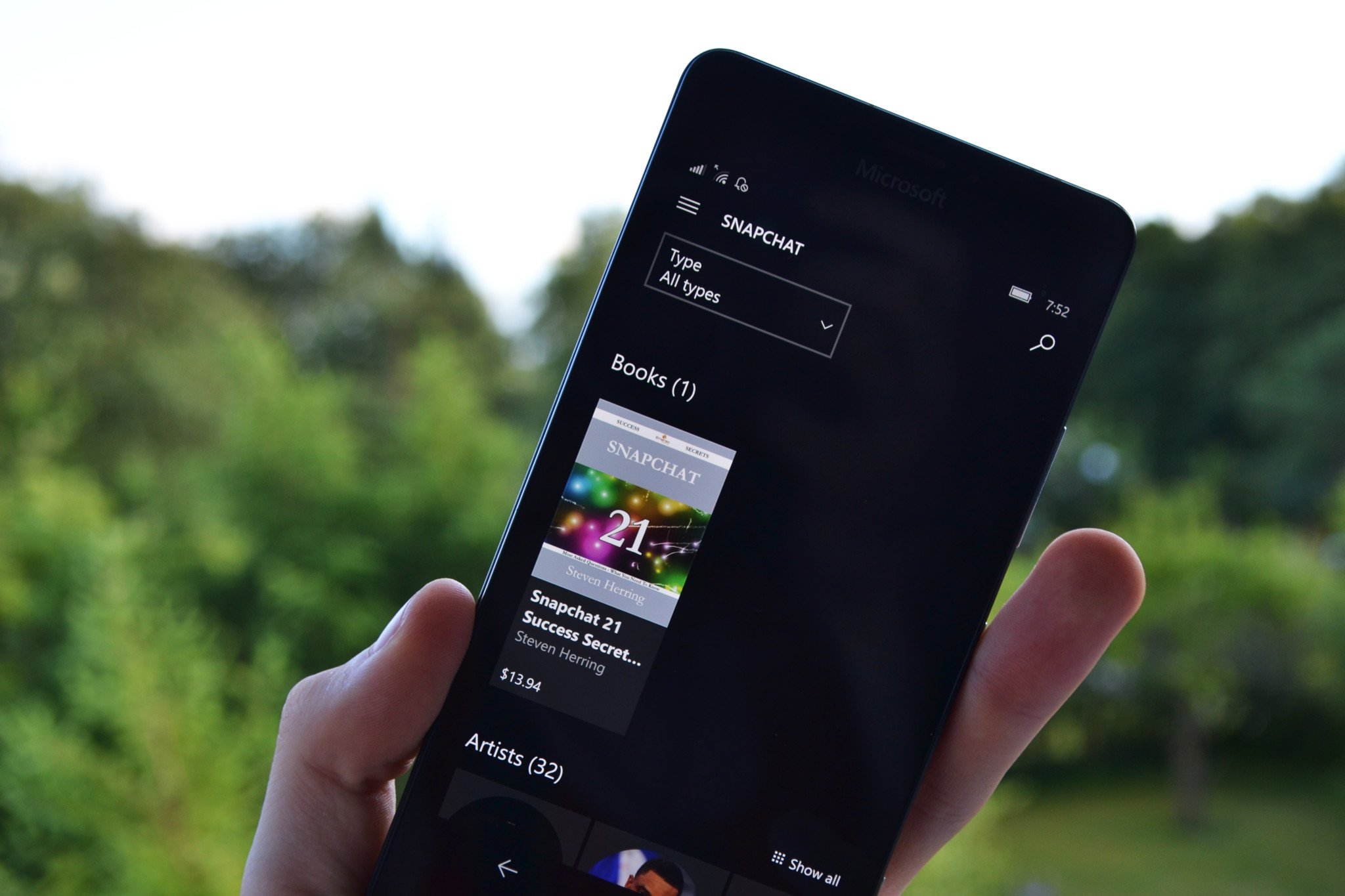
Windows phone has always been infamous for its lack of support from any popular app makers. iOS 11 offers virtually any app you could desire. iOS is said to have the highest quality apps on the market, because it's a platform developers often want to develop for thanks to its vast popularity in profitable markets such as the U.S. and Europe.
3. iOS smoothness
Apple is famous for optimizing its OS extremely well. iOS 10 absolutely flies, if you don't use ancient hardware, and iOS 11 builds upon that. iOS 11 is still in beta and has performance issues here and there, but the new animations introduced are full of depth and they run at full 60 frames per second (FPS), which older iOS versions have struggled with. This sounds a lot like the good old days of Windows Phone when there was amazing attention to detail and the whole OS felt alive.
4. iOS dark mode
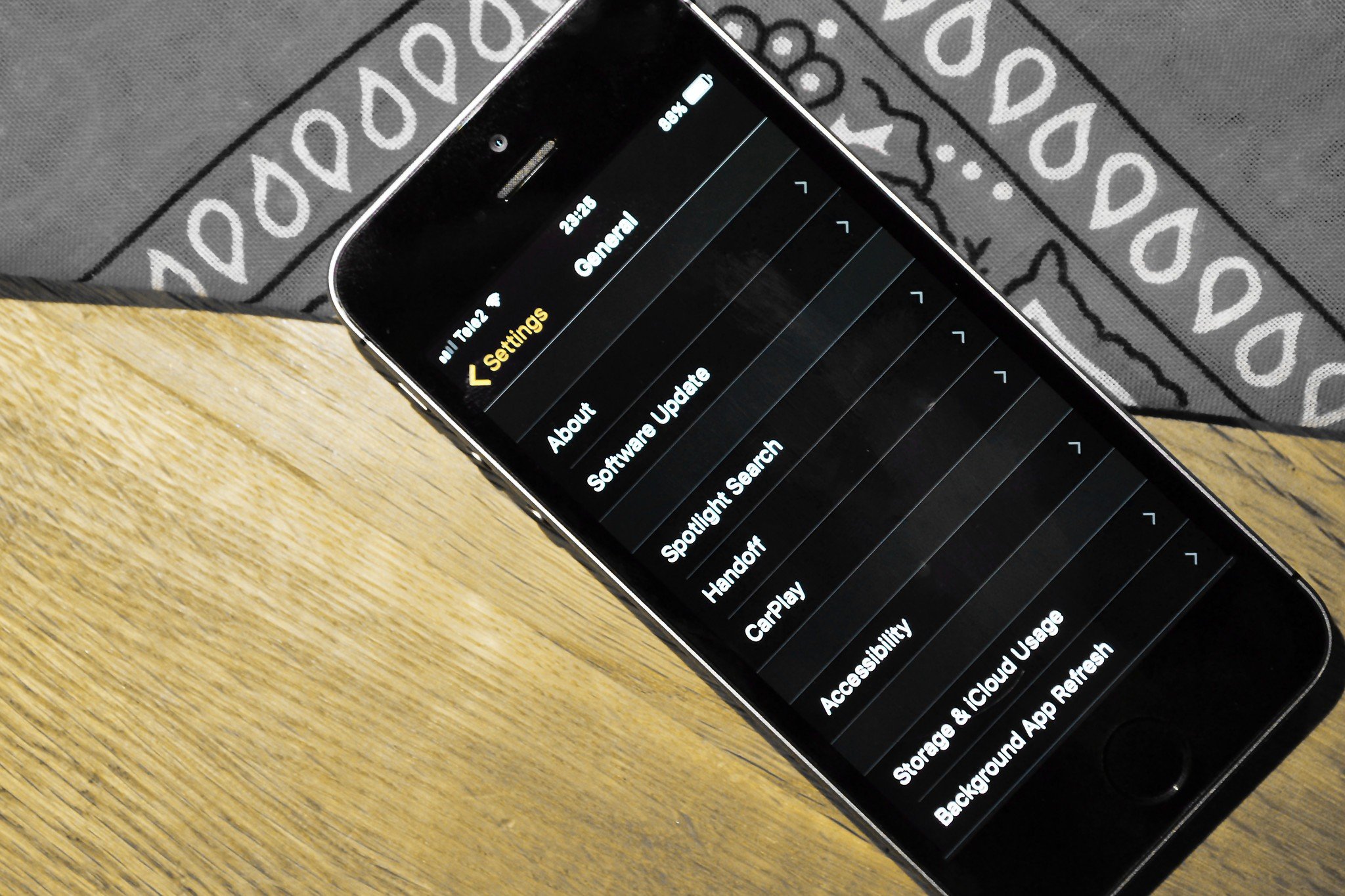
With iOS 11, Apple secretly added a new "Smart Inverted Color Mode." This feature wasn't announced on-stage at its WWDC developer event, nor anywhere else, but it's present in the latest beta builds of iOS 11. What it does is invert your screen colors, but avoids inverting elements like images and icons. It's very similar to the true dark mode on Windows phones, and developers can easily code their apps for full compatibility to make sure elements that aren't supposed to be inverted don't look weird.
That's a lot to like, but iOS 11 is far from perfect, and a lot of Windows phone users refuse to switch for many different reasons. iOS 11 is unlikely to sway those people. This is why.
What Windows phone users will NOT appreciate
1. iOS design
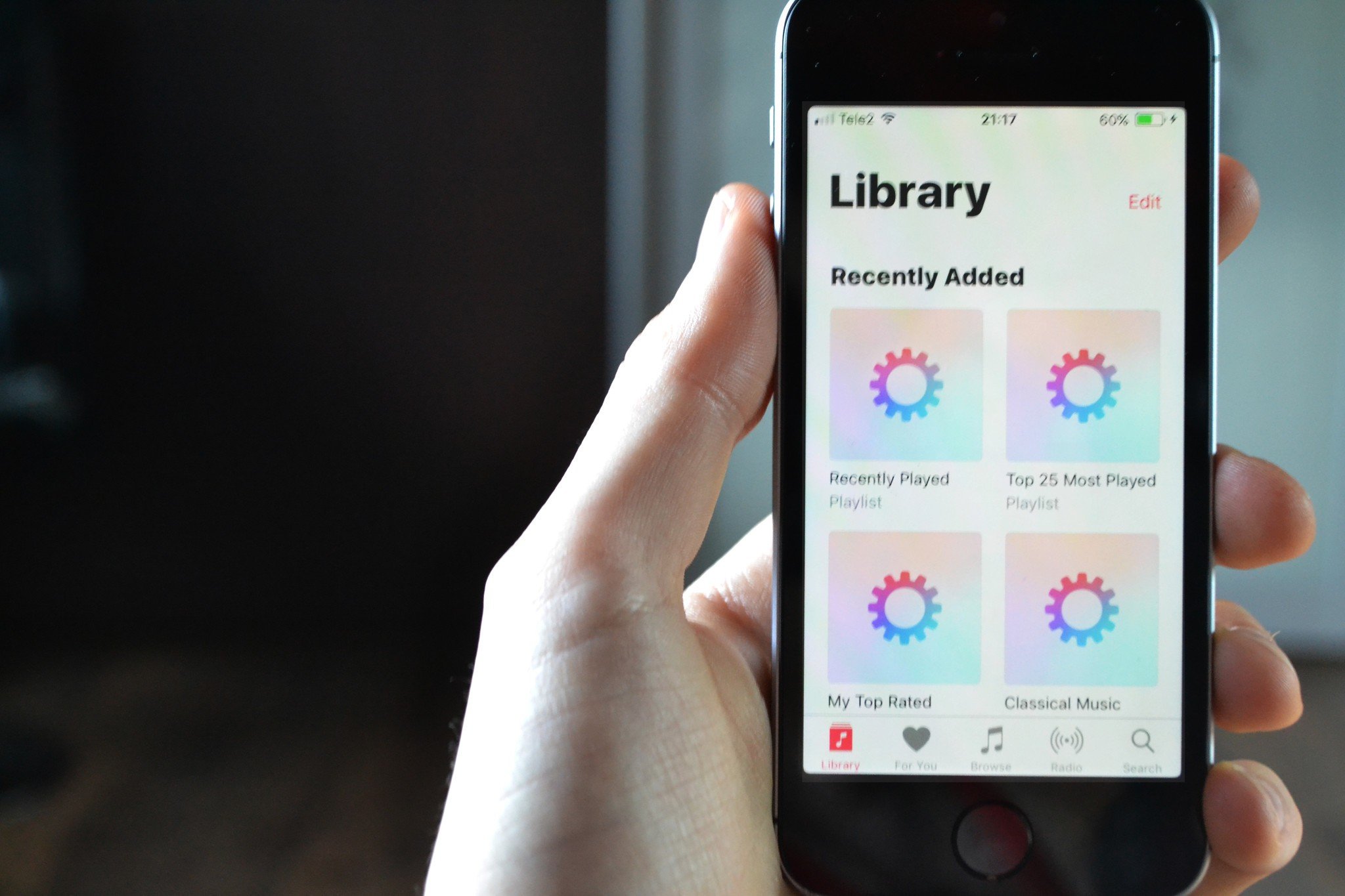
The design of iOS 11 may resemble Windows Phone's "Metro" more than ever, but taste is a personal thing and some people may hate it even more than older versions of Apple's mobile OS. iOS 11's design is not a total redesign like iOS 7 was but rather an update to what was already an established look. A lot of Windows Phone users stick with the platform because of its design, as they can't stand Google's Material Design or Apple's Human Interface. iOS 11's look may be even less appealing.
All the latest news, reviews, and guides for Windows and Xbox diehards.
2. No default app switching in iOS 11
There is still no ability to switch the default apps in iOS 11. This has been a huge deal for a lot of users for the last 10 years, and iOS 11 hasn't addressed the issue. If you download a third-party app like Google Chrome, Outlook or ProTube, there is no way it can be set as a default app the task, for example. If you open a mail link, it won't take you to the Outlook app, but rather stubbornly redirect you to Apple's mail app. And that sucks.
3. No Live tiles in iOS 11
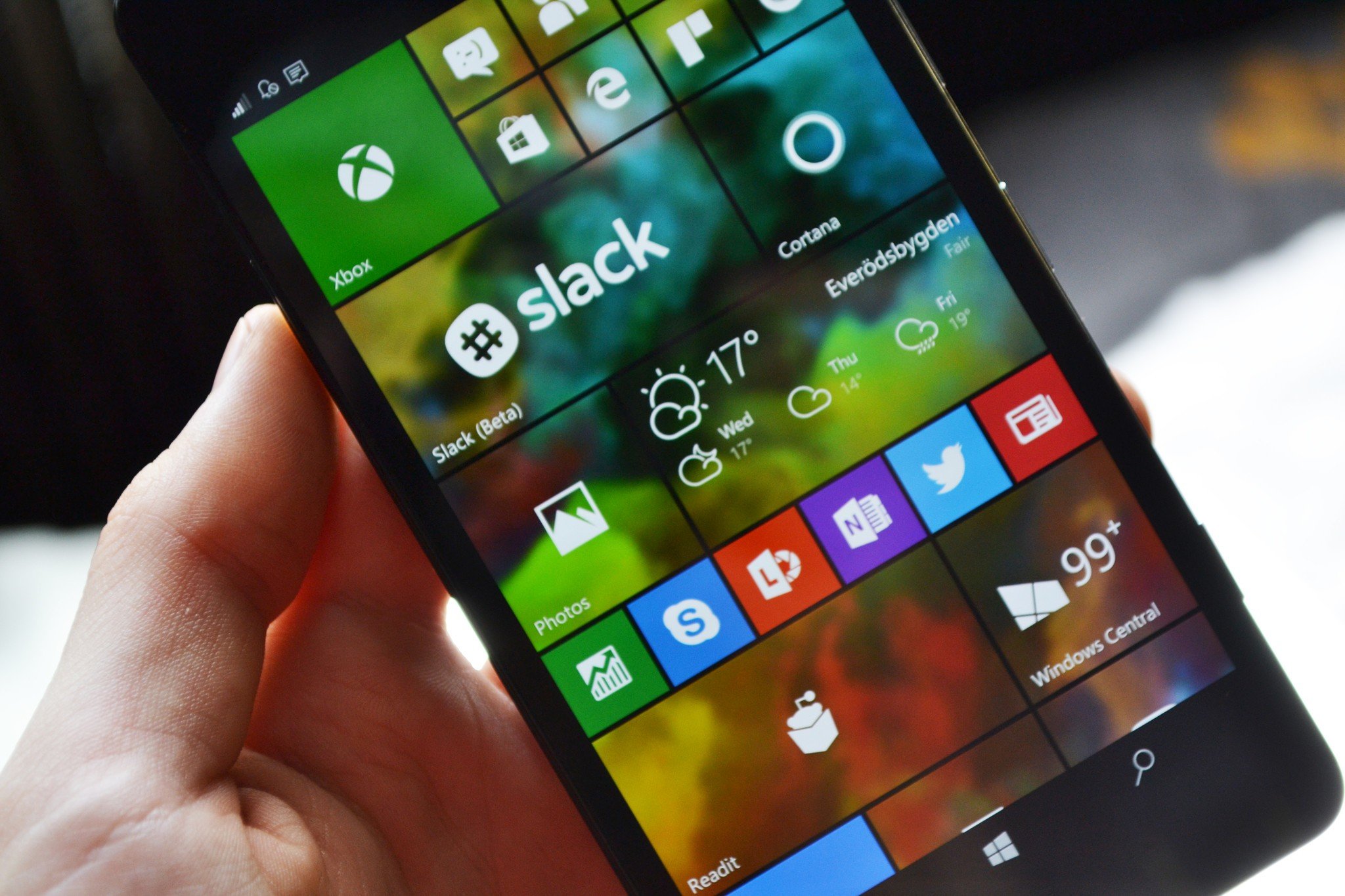
iOS 10 introduced a whole new system for widgets, with a cleaner look and more features. iOS 11 improved upon that with refinements, additional features, and a streamlined design. However, these are far from replacing the Live tiles that Windows phone fans have learned to love. While you can interact with them and they display information, they are not located on the main page on the home screen, which makes them very easy to forget. They are a poor use of space and generally feel like a "me too" feature.
4. No universal apps
Windows 10 is famous for it's Universal Windows Platform (UWP). You code an app once, and the exact same app, without modifications, runs on all other Microsoft platforms, including Xbox, Windows 10 Mobile, and HoloLens. This is not the case with iOS. While some apps are labeled as "universal" in the App Store, they are far from Windows phone users are used to with Windows 10. These apps are only compatible with iPhones and iPads, and maybe Macs, if you're lucky. They don't run without modifications, and they need adjusting before being able to execute on another platform. And they generally resemble the old Windows 8.1 Universal apps more than UWP. If you're a Windows 10 user who uses apps like OneDrive, Groove Music or Edge, don't count on running the same apps on iOS, like you can with your Windows Phone.
Conclusion
iOS 11 is a huge leap forward for Apple's mobile OS, with features like the new Control Center, cleaner design and more. though it's not officially available quite yet. However, whether or not it's good enough for you to make the switch from Windows phone is up to you. Some of these features may not be as important to you as others, and there is definitely still a lot of room for iOS 11 to improve.
Learn more about iOS 11 on our sister site, iMore:

Dennis Bednarz is a former writer for Windows Central and the guy behind ModMy. He has been a recognised member of the Microsoft community for years and owns everything from Lumia phones to Surface PCs. He occasionally likes to rant about Windows Phone and drink tea. You can go ahead and follow him on Twitter at @DennisBednarz
